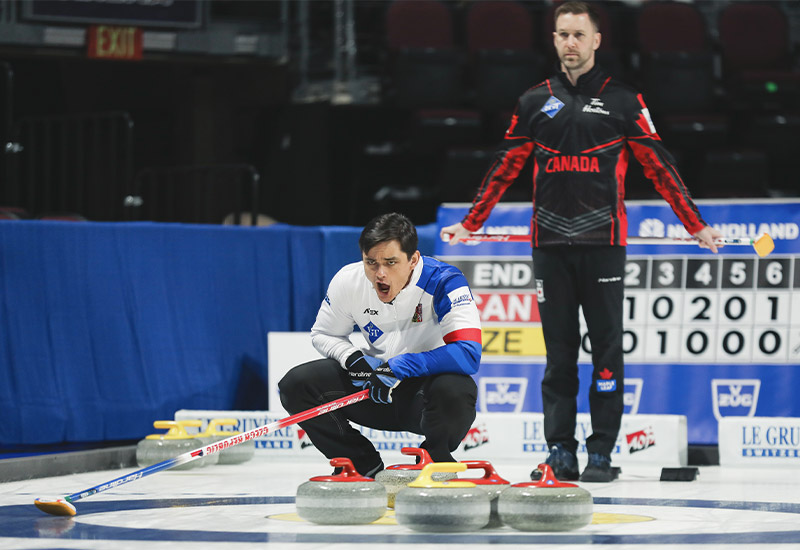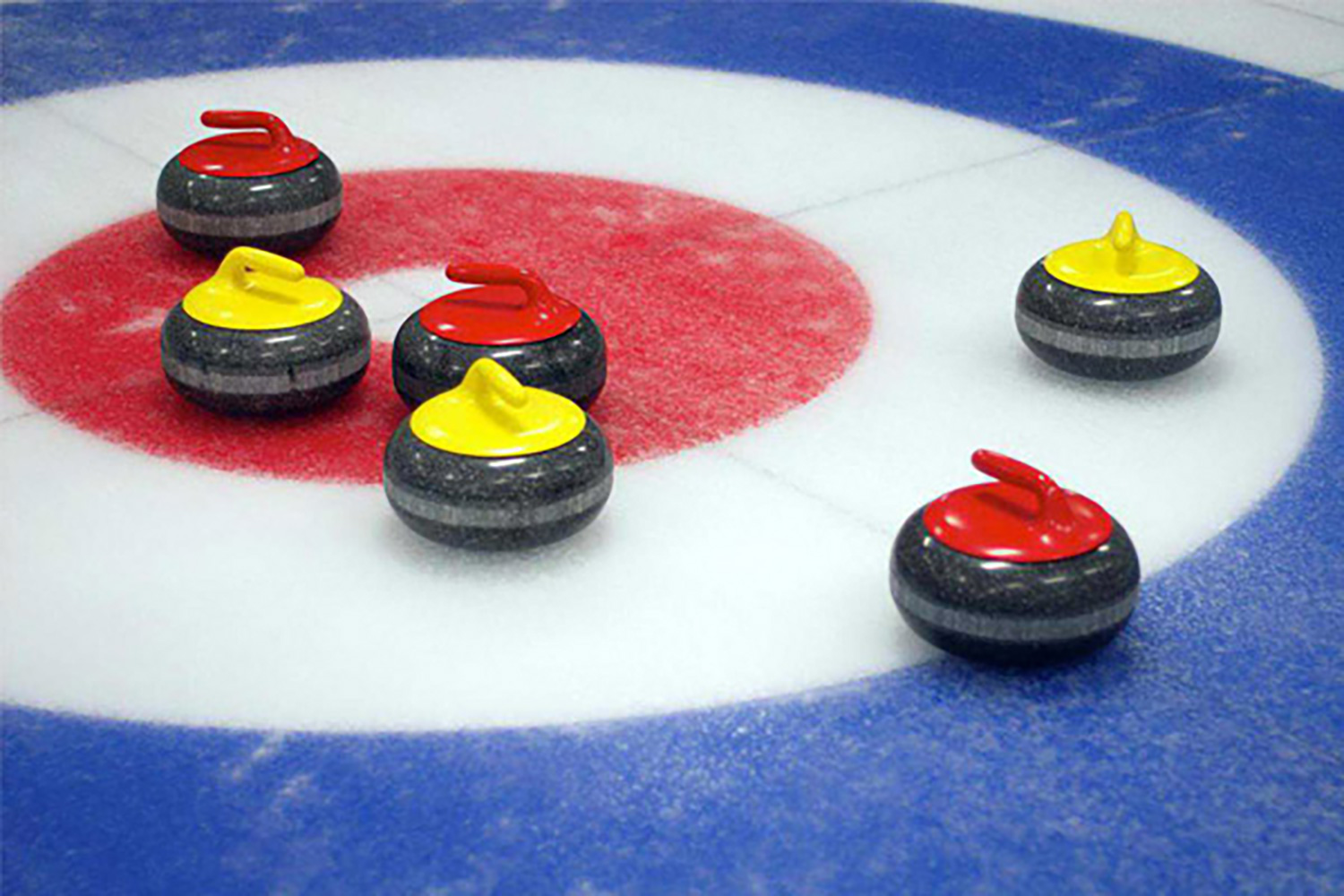

The history of curling
The origin of curling goes back to 16th century Scotland, where the sport was played on frozen ponds and lochs. The first recorded game took place around 1541: A Scottish notary noted a challenge between a monk at Paisley Abbey and a relative of the abbot. Scottish immigrants spread the sport to North America: in 1807 the first Canadian curling club opened in Montreal, and in 1828 the first American club appeared in Pontiac, Michigan. The Royal Caledonian Curling Club in Scotland, the so-called "Mother Club" of curling, wrote the first official curling rules in 1838.
Technique
Technique is essential in curling. Without technique, it is difficult to steer the stone in the right direction and at the right speed. Some people are naturally gifted, others take time to develop.
As with any sport, perfecting the technique is an extremely difficult task, but here are some tips and tricks to help you get started:
Hold the stone with your strong hand and hold a brush or crutch to support your balance in the other.
Squat with your strong leg in the hack, holding the stone slightly in front and on the outside of your stronger foot.
Push off, extend your strong leg behind you, sliding your toes over the ice and sliding on the opposite foot.
Extend your arm and hand in the direction you are aiming the stone. You must be accurate in aim and weight (speed and delivery) to ensure your stone is on your expected target.
To apply the crimp in the direction of your stone, you must turn the handle clockwise or anticlockwise. This is called giving the right grip.
The player must release the stone before it passes a certain point known as the hogline.

Introduction to Curling
Essentially, the goal of curling is to score points by pushing curling stones across an ice surface to get as many of your stones closer to the centre of the house (the area that looks like a target) than your opponent. However, there is more to it than that and here are some of the basics to help you get started in this wonderful sport.

Full of verve
Sweeping with a brush, also called a broom, reduces the friction between the ice and the stone surface and makes it less likely to curl. It also forms a thin layer of water that helps the stone to glide over the surface so that the stone can continue the swing in the desired direction.
Rating
Upon completion of each end, the team with the stone(s) closest to the centre of the house (known as the tee or button) scores a point.
Teams can score more points for any other stone in the house closer to the tee than the opposing team's next stone. Stones must be in or touching the house to be considered for scoring.
The team score provides the first stone at the next end and gives the opponents the so-called "hammer" or the last stone advantage of that end.
